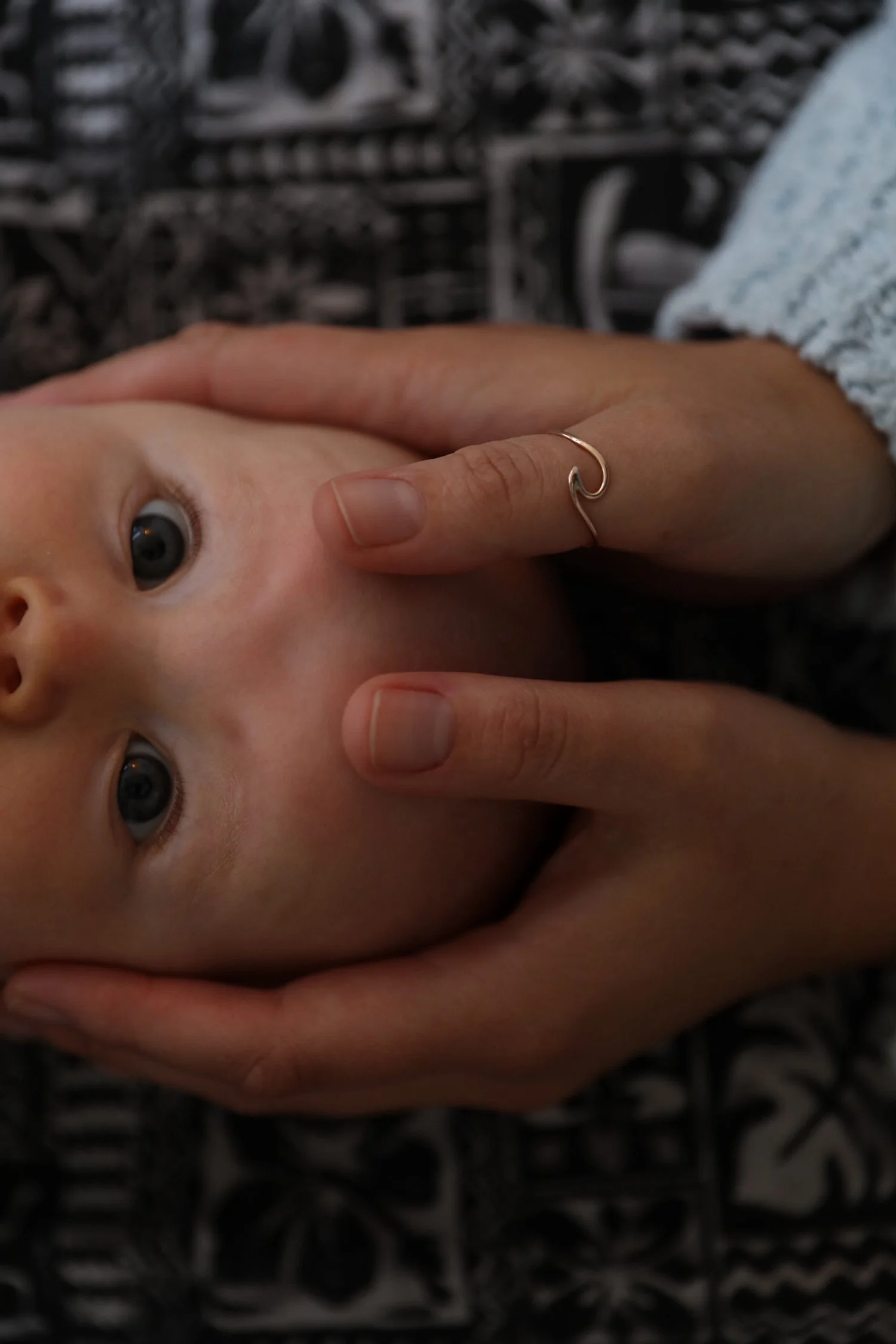
What is Osteopathy?
Osteopathic Medicine is a traditional “hands-on” diagnostic and therapeutic science. Pioneered in the late 1800s by a medical doctor named Andrew Taylor Still, Osteopathic Medicine is dedicated to the treatment and healing of the entire patient. It is based on main principles that:
The body is a whole dynamic unit of function and anything done to one part can affect the other parts
The body has the ability to heal itself, with an inherent therapeutic potency(power) and constant drive toward health
There is an interdependence between structure and function in the human body, and knowledge of the details of that structure allows the Osteopathic physician to effect changes that no pill can achieve
The role of the Osteopathic physician is to find this health and unleash the body’s natural healing potential by removing any obstruction to its normal physiologic processes.
“The Osteopath seeks the cause, removes the obstruction and lets Nature’s remedy- arterial blood- be the doctor; and when the patient is cured, he has in his system no blindly administered medicine with which (s)he must contend.”
If you would like to learn more about Osteopathy, its beginnings, and A.T. Still, follow these links…

Doctors of Osteopathy (DOs) are fully licensed physicians who graduate from a 4 year Osteopathic medical school covering all branches of conventional medicine and surgery.
In addition, they also get 200-400 hours of training in manual diagnosis and treatment.
-
DOs and MDs often train side by side during their internships and residencies. Osteopathic physicians can prescribe medications, do surgery, order tests and radiologic studies and deliver babies. They can be found in every specialty from Dermatology to Cardio-Thoracic surgery.
-
The foundation of (DO) training differs from allopathic (MD) medical schools because of its emphasis on making use of the patient’s own healing mechanisms by working with the principles of nature’s repair systems. An Osteopathic Physician is uniquely suited to evaluate dysfunction in the immune, elimination, circulatory, nervous, endocrine and musculoskeletal systems.
The highly developed sensory skills of an Osteopathic Physician give her/him a comprehensive understanding of how disease develops and stays in the patient, and help her/him work on multiple levels of structure and function simultaneously.
-
For instance, a patient with pneumonia who also has poor respiratory effort has a much slower recovery if only given antibiotics to reduce the bacterial count. Osteopathic Therapy can improve the function of the diaphragm, ribs and lung motion thereby increasing opportunity for oxygenated blood to move through the patient’s entire body and for immune cells to get to the area of the consolidated infection. This will help the body overcome the imbalance of the infection.
What to Expect
At Tide Osteopathy we focus on primary respiratory motion to engage the inherent healing within your body. This engagement of “The Tide” (your body’s self-healing mechanism) allows for your natural life force to clear obstructions and therefore bring health to the areas of dysfunction. This will usually consist of light touch on the head, and occasionally, gentle manipulations to other parts of the body.
FOR YOUR APPOINTMENT
Wear loose, comfortable clothing.
We ask that you refrain from smoking or strong perfumes prior to your appointment as this might bother patients with chemical sensitivities or respiratory problems.
AFTER TREATMENT
Typically, you’ll feel relaxed and peaceful after a treatment. Occasionally, patients experience fatigue or mild soreness. This is a normal sign that the treatment is continuing and that the injury pattern or dysfunction is starting to heal. Healing time is subject to many factors, but usually the more chronic the dysfunction, the longer it will take.
Osteopathic treatments alter the dynamics between your body’s tissues and fluids. This process typically takes about 72 hours. To assist the healing process, we recommend you take it easy for 3 days after a treatment. We recommend refraining from other treatments such as manual therapy with massage, acupuncture, etc for at least 72 hours to allow time to fully respond to your treatment.
Make sure you get adequate rest, refrain from high impact workouts, avoid excessive alcohol or caffeine, and drink lots of water.
Although Dr. Love Volkova is a fully licensed physician, Tide Osteopathy is an Osteopathic treatment-only practice and we recommend you maintain/ establish care with a Primary Care Provider for other needs such as medications and diagnostic tests.


